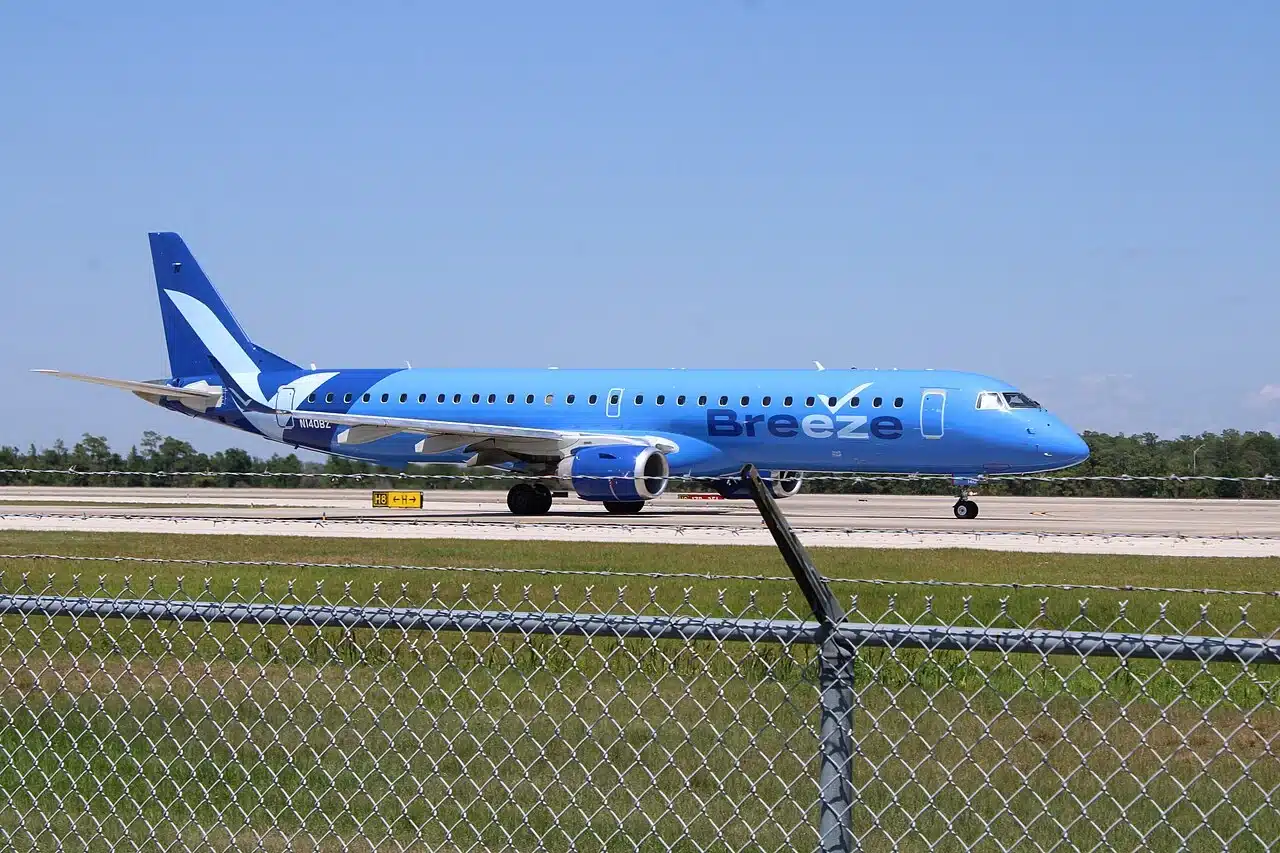


JetBlue just expanded it’s European product by offering new routes from Boston. Starting in 2026, flights to Barcelona and Milan will be offered from Boston.
Just after we posted a piece critiquing JetBlue’s existing transatlantic service and comparing it against the upcoming American Airlines narrowbody experience, JetBlue doubled down with a major announcement: new Boston service to Milan, Italy and Barcelona, Spain.
In a press release, JetBlue announced plans to begin daily summer seasonal service from Boston to both cities. Flights to Barcelona will begin April 16, 2026, and flights to Milan start on May 11, 2026.
This expansion is part of a growing trend among U.S. airlines, offering narrowbody service to unique but highly demanded destinations. Airlines are beginning to shift away from major European cities in favor of breaking into smaller, underserved markets.
Let’s discuss the logistics, the impact these new flights will have on the company and its customers, and what will likely happen with these routes.

This expansion is surprising, especially considering JetBlue isn’t even remotely close to being a top-four U.S. airline. They’ve taken a unique approach by building a flight network that focuses heavily on the leisure market, particularly international travel.
For an airline that has publicly acknowledged struggling to the point of seeking a merger, continuing to expand their European network is a bold move. As mentioned in a previous article, international travel likely won’t ever be JetBlue’s strength. It’s simply not where they excel.
Nevertheless, Barcelona and Milan bring JetBlue’s European destination count to nine. They represent the airline’s third and fourth secondary European destinations (joining Edinburgh and Madrid). So what’s driving JetBlue’s newfound focus on these secondary markets?
My best guess: JetBlue has experienced significant headaches operating into heavily slot-restricted airports in Europe. The airline has publicly acknowledged issues securing and maintaining landing slots at both London Heathrow and Amsterdam Schiphol.
The path of least resistance for their transatlantic business model is targeting less-demanded, smaller European cities. This trend is evident in their recent additions of Dublin, Edinburgh, and Madrid. And now Barcelona and Milan.
United and American Airlines are both entering the narrowbody transatlantic market. United launched an initiative last year to bolster its European network by offering flights to unique destinations like Nuuk and Iceland. American has taken its first step with the arrival of the Airbus A321XLR, beginning flights to Edinburgh, Scotland.
These developments pose a severe threat to JetBlue’s European product. All legacy carriers will outperform JetBlue on flights to major European cities. Paris, Amsterdam, and London—cities where JetBlue must compete directly with legacy carriers—are uphill battles.

The only way for JetBlue to survive while outgunned in the U.S. transatlantic market is to either offer better value and quality or fly to markets with no competition. JetBlue appears to be pursuing the latter strategy.
American and United are scheduling the bulk of their international narrowbody flights from JFK and Newark respectively. While JetBlue is a large tenant at JFK, they still can’t match United and American on European routes from these hubs. The next best option is to grow their European network from Boston instead.
JetBlue’s newest routes are already served by American and United from JFK and Newark. However, JetBlue has identified a gap in Boston where they can tap into untouched market share without facing direct competition.
One major benefit for JetBlue is that Boston is a significant hub with easy connections from virtually every corner of the country. This creates high potential demand for European flights on paper. However, JetBlue simply isn’t the first airline that comes to mind for transatlantic travel and it may be a long time before they shake that perception.
The bigger issue: people don’t like flying narrowbodies across the ocean. In our recent social media content about JetBlue’s transatlantic narrowbody experience, feedback was telling. One Facebook user commented: “Very uncomfortable single aisle…I’m only going across the ocean on widebodies. American Delta United. Do not cross the ocean on a narrowbody. It’s miserable.” A TikTok user echoed this sentiment: “Too long on a narrow body, sorry.”
Unless passengers pay for JetBlue’s Mint cabin or other premium options, their comfort level on such long flights will be compromised.
Will JetBlue ever overcome this perception? Probably not. Unless they begin operating widebody aircraft. But that would require significant investment in their European product, and they’ve barely perfected their domestic offering.
JetBlue’s remaining card to play is offering interesting destinations without competition. Milan and Barcelona check that box for Boston. But here’s the critical question: How will JetBlue convince passengers from outside Boston to connect through Boston instead of the Greater New York City area with American or United?
The answer isn’t clear. JetBlue can attempt to undercut competitors on price, but this significantly impacts profit margins. They need to execute perfectly on timing and promotion because these routes could easily become on-again, off-again service offerings if demand doesn’t materialize.
Both Milan and Barcelona are extremely popular tourist destinations for Americans. Travelers have been flocking to these cities, sometimes favoring them over more traditional destinations like Madrid and Rome (though not always to the delight of local residents).
The opportunity is clearly there for JetBlue. However, the mechanisms for capitalizing on it are lacking. They simply cannot match the customer experience provided by legacy carriers using widebody aircraft or the new Airbus A321XLR with their fleet of Airbus A321LRs.
They might compete one-for-one in business class, but the bulk of seats are premium economy and standard economy. Given the choice, customers will choose a legacy widebody nine times out of ten.

Worst-case scenario: These route pairings operate on an on-again, off-again basis until JetBlue figures out how to make them work—similar to how they started their European product. Several routes were paused indefinitely before being brought back. I don’t expect JetBlue to completely abandon Barcelona or Milan, but inconsistency is a real possibility.
Best-case scenario: These routes perform comparably to Dublin and Edinburgh. Load factors for these flights hover around 70%, which is decent. However, there’s a significant difference between the two: Between July 2024 and June 2025, the Boston-Edinburgh route carried only 10,000 passengers, while Boston-Dublin nearly quadrupled that with 42,000 passengers. Matching their Boston-Dublin performance would be a win for JetBlue.
JetBlue is genuinely trying to make their transatlantic product work. They have the right strategy by steering toward destinations without direct competition from American carriers.
Barcelona and Milan are undeniably popular tourist destinations with significant leisure demand. However, JetBlue simply doesn’t have the product to position themselves as a worthy alternative to legacy carriers.
In the best case, JetBlue’s performance on these new routes will be comparable to their Boston-Dublin pairing. Nothing spectacular, but enough to sustainably maintain service. It won’t make JetBlue pivot entirely toward global operations, but it’ll keep these routes alive.
In the worst case, these routes become on-again, off-again offerings because JetBlue cannot attract enough passengers willing to fly narrowbody versus widebody. JetBlue can undercut legacy carrier prices, but doing so creates a “cutting off their nose to spite their face” situation. Profit margins decrease, perpetuating the on-again, off-again cycle.
Time will tell whether JetBlue’s bet on Boston and these secondary European markets pays off.




